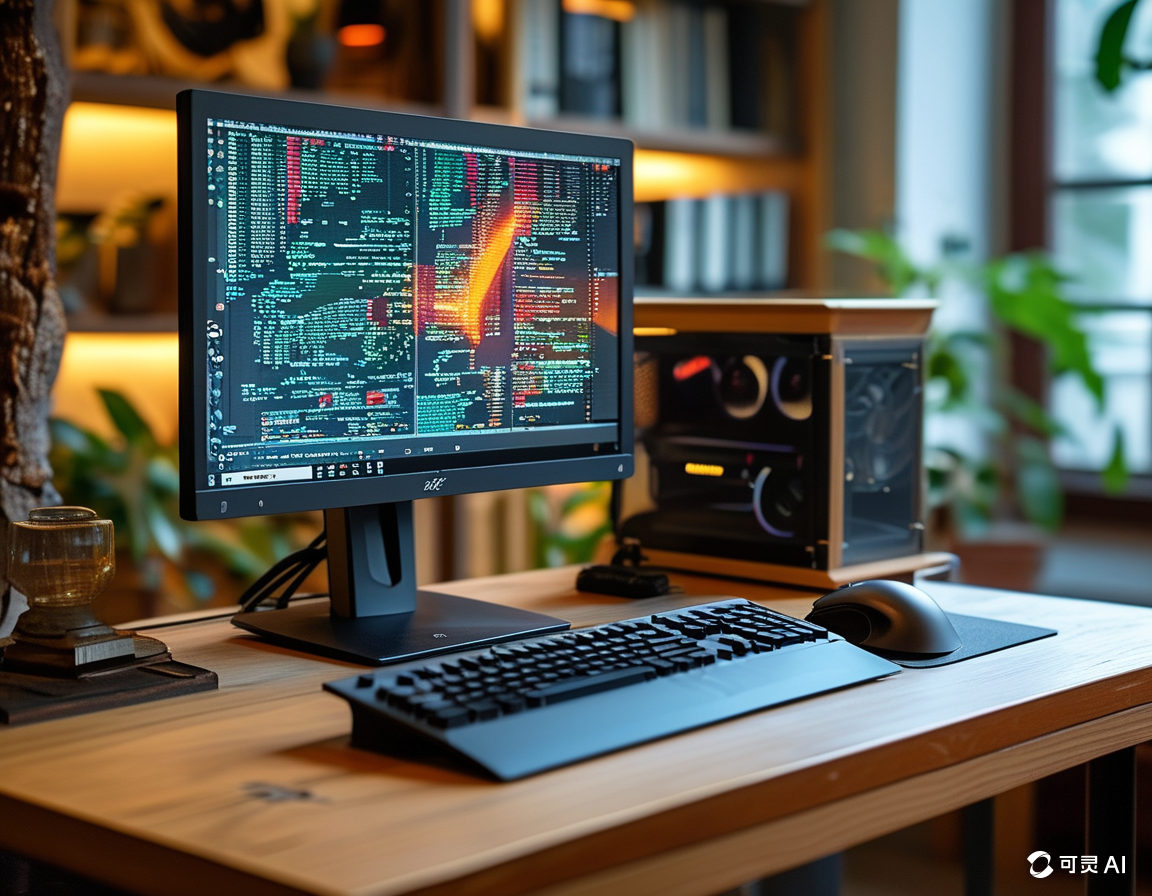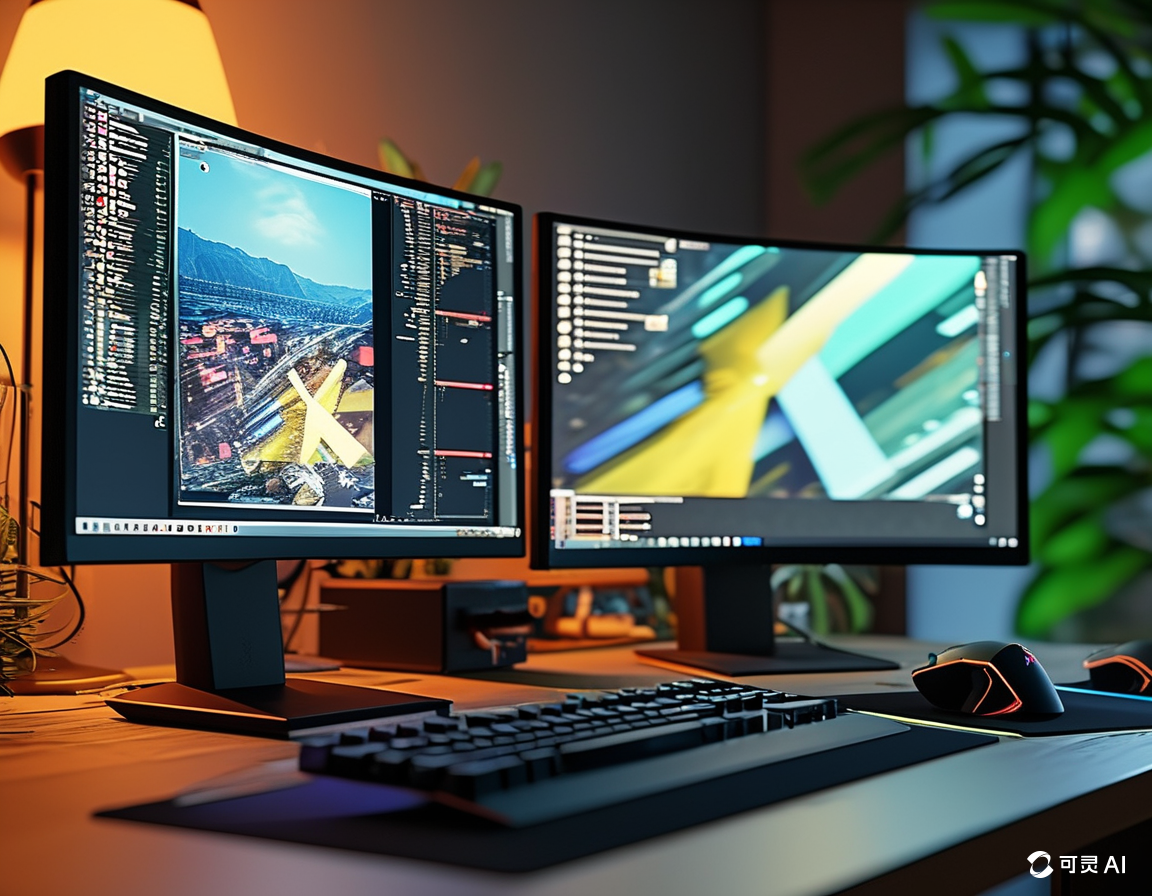In the realm of personal computing, the quest for optimal performance is often hindered by bottlenecks—specific components in a computer system that restrict the overall speed and efficiency. A bottleneck occurs when one component in the system limits the potential of other components, thereby preventing the system from achieving its maximum performance. The solution to this problem involves identifying and addressing these bottlenecks, and this is where a computer bottleneck calculator comes into play. This tool has become indispensable for enthusiasts, gamers, and professionals seeking to fine-tune their systems and extract the best possible performance.
What is a Computer Bottleneck?
Before delving into the specifics of a bottleneck calculator, it's crucial to understand what constitutes a bottleneck in a computer system. Essentially, a bottleneck occurs when the performance of a particular component, such as the CPU (Central Processing Unit) or GPU (Graphics Processing Unit), is significantly lower than that of other components, resulting in reduced overall system efficiency. For example, a high-end GPU paired with a low-end CPU may cause a CPU bottleneck, where the CPU cannot keep up with the processing demands of the GPU. This mismatch leads to underutilization of the GPU’s capabilities, resulting in suboptimal performance in tasks like gaming or video rendering.

The Importance of Identifying Bottlenecks
Identifying bottlenecks is critical for several reasons. First, it allows users to make informed decisions when upgrading or building a new system. Instead of arbitrarily selecting the most expensive components, users can focus on balancing their system to ensure all parts work harmoniously. This approach not only maximizes performance but also ensures cost-effectiveness, as it avoids unnecessary spending on components that won’t be fully utilized.
Second, bottleneck identification is essential for troubleshooting performance issues. When a computer runs slower than expected, the root cause is often a bottleneck in the system. By pinpointing the component responsible, users can address the issue directly, either by upgrading the underperforming part or by optimizing settings to alleviate the bottleneck.
How Does a Computer Bottleneck Calculator Work?
A computer bottleneck calculator is a tool that estimates the likelihood and severity of a bottleneck in a system based on the specifications of its components. These calculators typically require users to input details about their CPU, GPU, RAM, and other relevant hardware. The calculator then analyzes this data to determine whether any component is likely to limit the performance of the others.
The calculation process often involves comparing the processing power and data throughput of the CPU and GPU. If the CPU is significantly weaker than the GPU, the calculator may indicate a CPU bottleneck. Conversely, if the GPU is the weaker component, the calculator might flag a GPU bottleneck. Additionally, some calculators take into account factors like RAM speed and capacity, storage type, and even monitor resolution, as these can also contribute to performance limitations.
Practical Applications of Bottleneck Calculators
Bottleneck calculators are invaluable tools for several practical applications. One of the most common uses is in gaming. Gamers often seek to build or upgrade systems that can handle the latest titles at high settings without compromising frame rates. A bottleneck calculator can help them identify the optimal combination of CPU and GPU to achieve their desired performance level. For instance, if a gamer plans to use a 1440p monitor, the calculator can help determine whether their chosen CPU-GPU pair can deliver smooth gameplay at that resolution.
Beyond gaming, bottleneck calculators are also useful for professionals in fields like video editing, 3D rendering, and software development. These tasks often require a well-balanced system to handle demanding workloads efficiently. For example, in video editing, a powerful CPU might be necessary for encoding tasks, while a robust GPU is essential for real-time playback and effects rendering. A bottleneck calculator can assist in ensuring that neither component becomes a performance bottleneck, thereby enhancing productivity.
Limitations and Considerations
While bottleneck calculators are powerful tools, they do have limitations. One of the primary challenges is that they can only provide estimates based on the information provided by the user. Real-world performance can be influenced by a variety of factors not accounted for by the calculator, such as software optimization, background processes, and thermal throttling. As a result, the calculator’s predictions should be used as a guideline rather than an absolute determinant.
Another consideration is that bottleneck calculators typically focus on the CPU and GPU, often overlooking other potential bottlenecks in a system. For example, slow storage drives or insufficient RAM can also cause significant performance issues, but these are not always highlighted by bottleneck calculators. Therefore, users should consider the entire system when diagnosing performance problems, not just the CPU-GPU relationship.
Conclusion

In the pursuit of optimal computer performance, bottlenecks are an inevitable challenge. However, with the aid of a computer bottleneck calculator, users can effectively identify and address these limitations, ensuring that their systems operate at peak efficiency. Whether for gaming, professional work, or general use, understanding and managing bottlenecks is key to building a well-balanced, high-performing computer. By leveraging bottleneck calculators, users can make informed decisions about their hardware, avoid unnecessary expenses, and enjoy a smoother, more responsive computing experience.